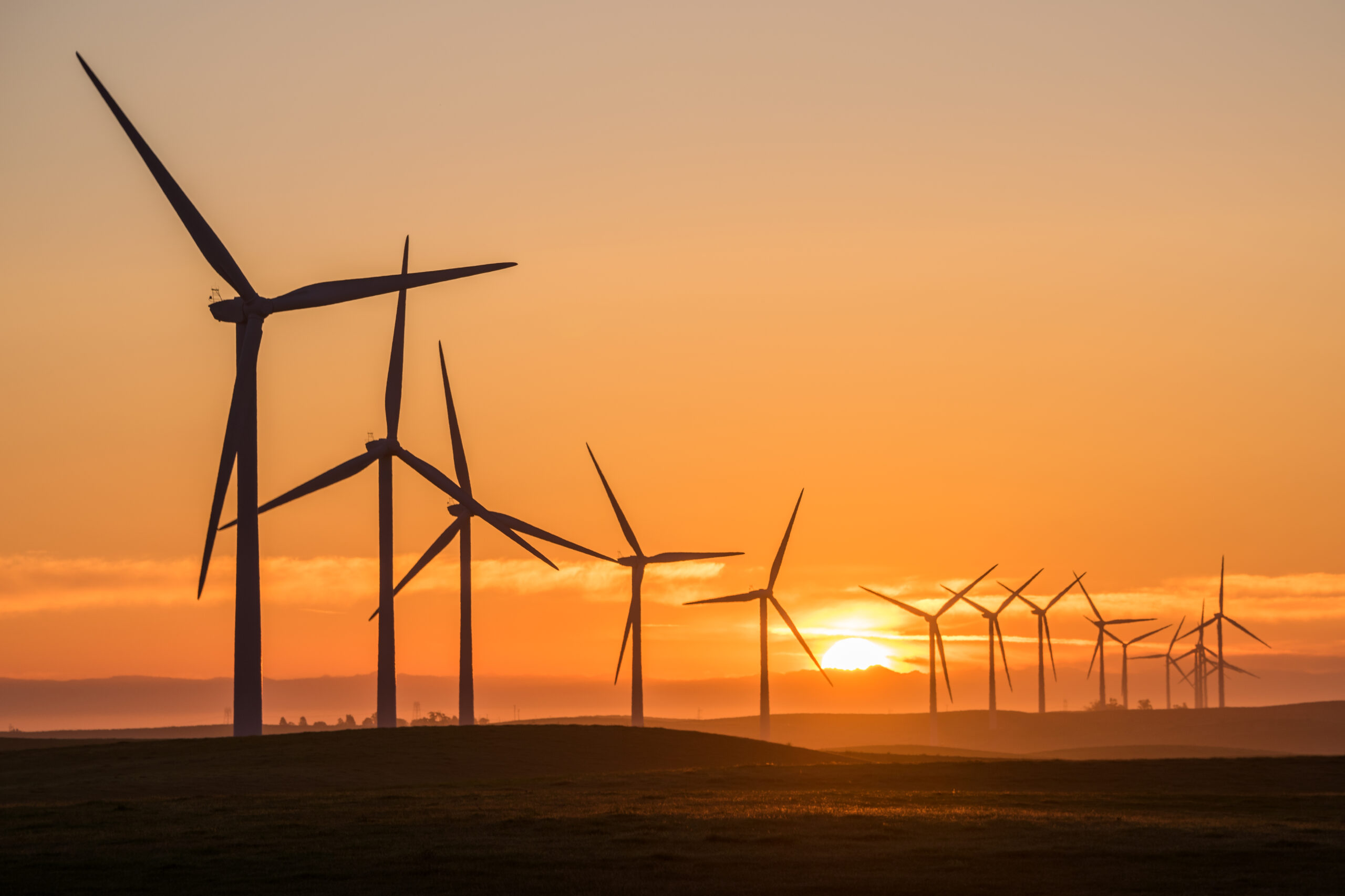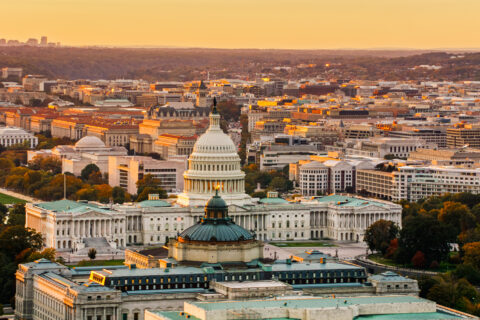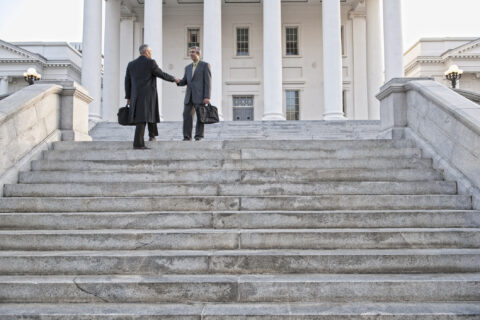In 2020, communities struggled to maintain services and essential workers during the coronavirus pandemic. At the same time, they faced a record number of climate-related disasters, such as wildfires, extreme heat, and hurricanes, which further increased fiscal pressure on local governments, residents and businesses.
With 30 named storms, 2020 was a record year for Atlantic hurricanes. In the West, 2020 marked the most active fire year on record, and it was the hottest summer on record for many cities. In 2019, historic flooding hit the Midwest and southern plains significantly affecting agriculture, roads, bridges, levees, dams and other infrastructure, assets and industries.
The impacts of climate change and extreme weather events pose an especially pressing threat to persons with disabilities, economically disadvantaged households, the elderly, Black, Indigenous and People of Color (BIPOC), and other vulnerable populations.
NLC’s State of the Cities reports gives us insights into why cities are taking action on climate change and what mayors are prioritizing in their actions and commitments. For example, mayors are thinking about equity and a green recovery. Chico, California adopted its own Green New Deal in response to the deadly Camp Fire in 2018. While some large-scale climate resilience projects in cities such as New York, San Francisco and Miami Beach have been delayed due to budget impacts of the coronavirus pandemic, cities such as Phoenix and Los Angeles have expressed a commitment to a green recovery. New Orleans and Miami are forging ahead with important infrastructure projects that will make their communities more resilient to extreme weather events.
Reducing our carbon emissions will make our community a better, fairer, safer place to live.
Mayor Lucy Vinis, Eugene, Oregon (2020)
Mayors are thinking holistically about climate change and resilience. “Reaching these goals is critical, not only to our region’s air quality, but to help stave off the effects of climate change which put at risk our water, forests, outdoor tourism, and the brave members of the Salt Lake City Fire Department,” said then-Mayor Jackie Biskupski, Salt Lake City (2019).
Local leaders are encouraged by federal action taken so far this year – from recommitting to the Paris Climate Agreement to the recent Executive Order on Tackling the Climate Crisis at Home and Abroad and the continuing work of the House Select Committee on the Climate Crisis. Additionally, with Representative David McKinley (R-WV) serving as Ranking Member of the House Subcommittee on Environment and Climate Change, who last year cosponsored bipartisan clean energy standard legislation, and Senator Shelley Moore Capito (R-WV) expected to be Ranking Member of the Senate Environment and Public Works Committee, who has said climate change is a priority, shows positive indications that bipartisan action on emission reduction and climate innovations is possible. With Senator Joe Manchin (D-WV) serving as Chair of the Senate Energy and Natural Resources Committee, West Virginia has powerful champions in Congress who will be leading the debate.
Five things local leaders want to see from the Biden Administration and Congress to address climate change:
- National policy – NLC’s National Municipal Policy (NMP) calls for urgent action to reduce greenhouse gas emissions across a broad sector of the economy and become carbon neutral to mitigate the effects of climate change and hold warming to 1.5°C. The NMP calls for a national renewable portfolio standard that increases the use of carbon-neutral energy and promotes energy efficiency, with the goal of 50 percent carbon-neutral energy by 2030 and 100 percent by 2050. This kind of national policy setting is critical to supporting local efforts and driving markets.
- Funding – Flexible federal funding for state and local energy efficiency, energy conservation and renewable energy projects would help jumpstart and expand efforts to reduce greenhouse gas emissions in communities across the country. In January, bipartisan legislation (H.R. 425) was introduced to reauthorize the Energy Efficiency and Conservation Block Grant, which NLC supports.
- Tools, resources and incentives – Cities, towns and villages across the country need financial and technical assistance to conduct vulnerability assessments, develop and implement long-term mitigation, adaptation and resiliency action plans, and identify innovative financing opportunities to implement these assessments and plans in order to prepare, plan for and more quickly recover from extreme weather events. National climate data and incentives, such as for acquisition of zero- or low- emission vehicles for public transportation and municipal fleets, would also support local efforts.
- Coordinated federal effort – Cities have been leading the way on climate action and need the federal government to be a partner in those efforts. A coordinated, holistic federal approach and consideration of climate-related risks and vulnerabilities as part of all federal policies, practices, investments, regulatory and other programs is needed. The federal government should lead by example, as local governments have, to improve federal operations and facilities.
- Local voice in policy–setting and decision-making – Local leaders want to at the table as the federal government is determining national policy and programs to address climate change. In 2014, local elected officials were part of the President’s Task Force on Climate Preparedness and Resilience to make recommendations to the President on ways the federal government can assist local efforts to address and prepare for the impacts of climate change. This effort should be renewed. Additionally, President Biden will host a Leaders’ Climate Summit on Earth Day to lay out the U.S.’s plan for reentering the Paris Climate Agreement. With over 250 cities saying We Are Still In, local leaders are a key part of the U.S. commitment.
NLC shared these priorities with the Biden agency review teams to help frame the agendas. You can learn more about local government environment and energy priorities for the new Administration and Congress by reading our transition memos to the U.S. Environmental Protection Agency, U.S. Department of Energy and U.S. Department of the Interior.
Attend NLC’s Congressional City Conference
Register for the NLC Congressional City Conference to join the conversation and hear the latest from administration and congressional representatives on the future of federal government climate action.







